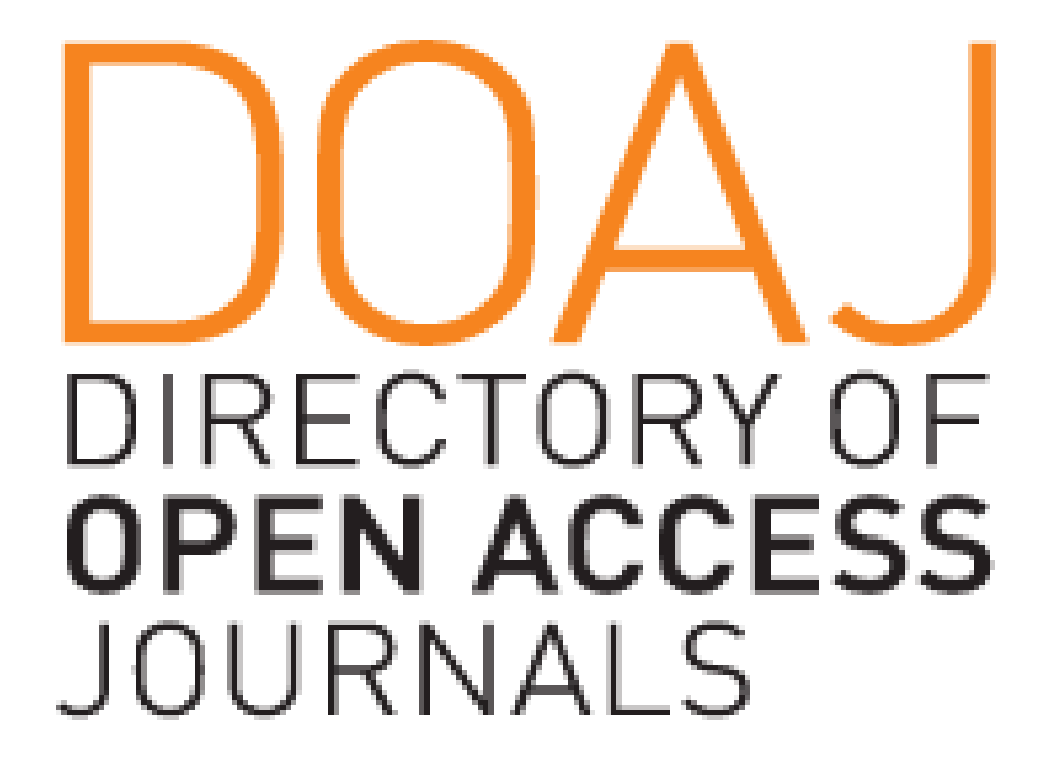Abstract
Background: Epidermolysis bullosa (EB) is a rare genetic skin disease characterized by trauma-induced blisters, which appear shortly after birth. Immunofluorescence antigen mapping and mutational analysis are essential for establishing an accurate diagnosis of EB. However, in limited resource settings like in Indonesia, such techniques are not always readily available, forcing many clinicians to diagnose EB based on clinical features alone that is often inaccurate. Recently, a novel clinical diagnostic matrix (CDM) tool has been developed to improve the diagnostic accuracy of EB in such settings.
Case Illustration: We examined clinical photographs and medical records of patients registered at the Dr. Moewardi hospital with a provisional diagnosis of EB since 2013 to 2017 and completed the 19 clinical manifestations required for the CDM’s electronic version.
Discussion: CDM provides a diagnosis of the EB subtypes, which cannot be concluded in advance from the previous three cases, although histopathological examination have been carried out. Since immunofluorescence examination and genetic mapping are inaccessible in Indonesia, the CDM gave a brief possibility of diagnosing EB subtypes. Completing the CDM took less than five minutes and the result was available immediately after clinical features data input.
Conclusion: CDM appears to be practical, easy to be used and helpful in characterizing EB, especially in limited resource settings. Moreover, it helps in clear documentation of clinical features in an EB patient that could be useful for accurate phenotype-genotype correlations in the future.
Recommended Citation
Widhiati, Suci; Marcella, Benazier; Dewi, Susanti Rosmala; Paramitasari, Anggana Rafika; Ellistari, Endra Yustin; and Julianto, Indah
(2019)
"Clinical diagnostic matrix (CDM) as a tool to diagnose subtypes of epidermolysis bullosa cases in children,"
Journal of General - Procedural Dermatology & Venereology Indonesia: Vol. 3:
Iss.
2, Article 1.
DOI: 10.19100/jdvi.v3i2.115
Available at:
https://scholarhub.ui.ac.id/jdvi/vol3/iss2/1
Included in
Dermatology Commons, Integumentary System Commons, Skin and Connective Tissue Diseases Commons










